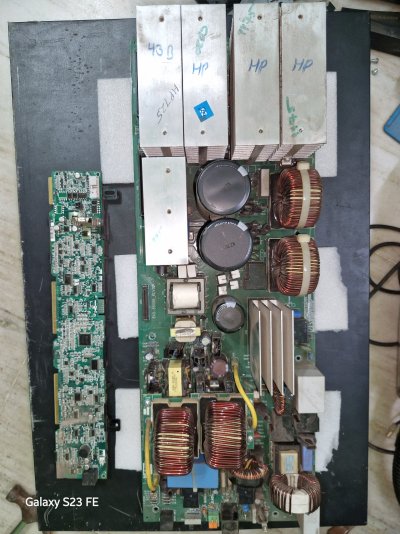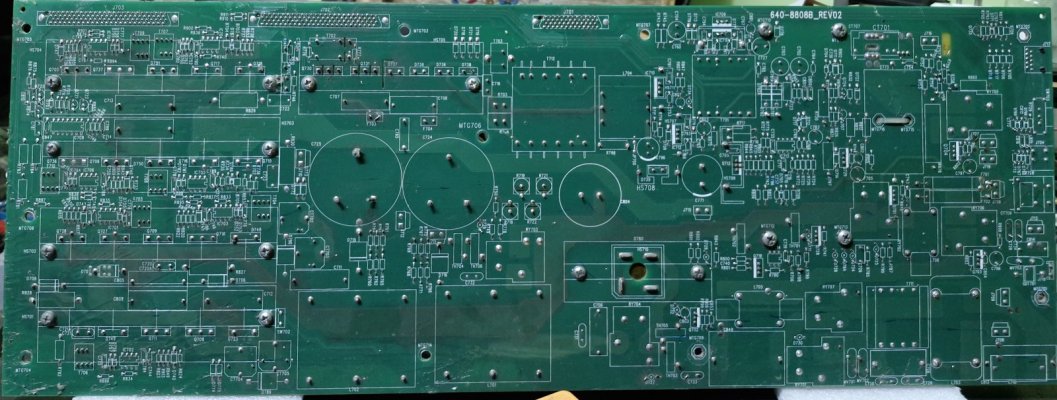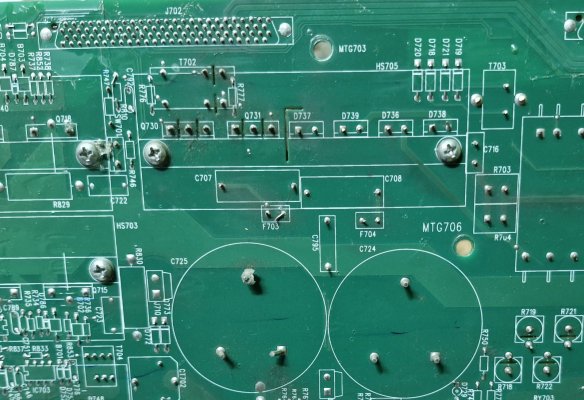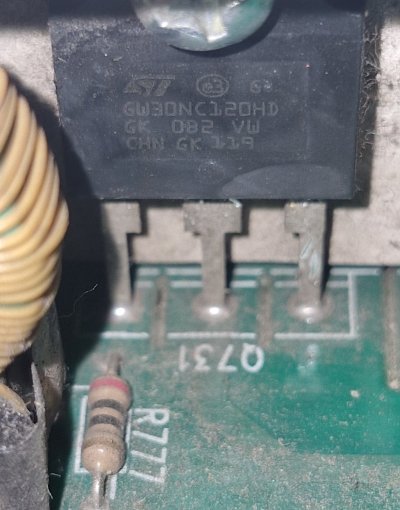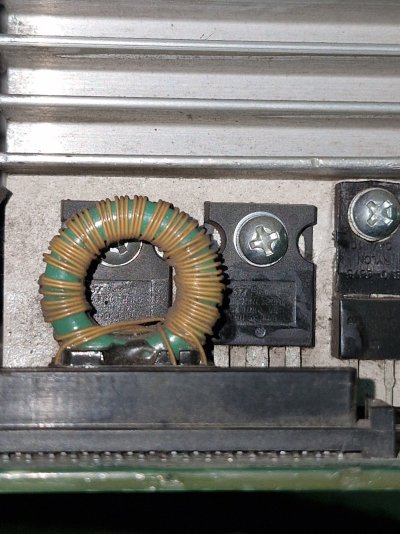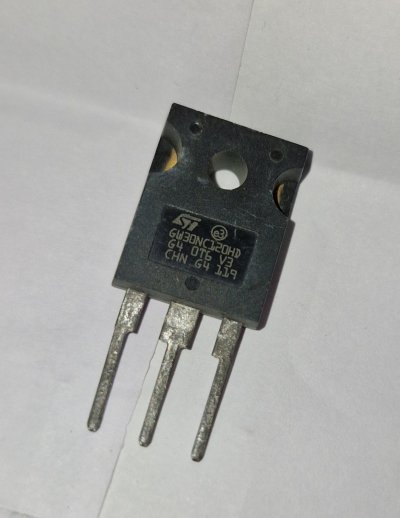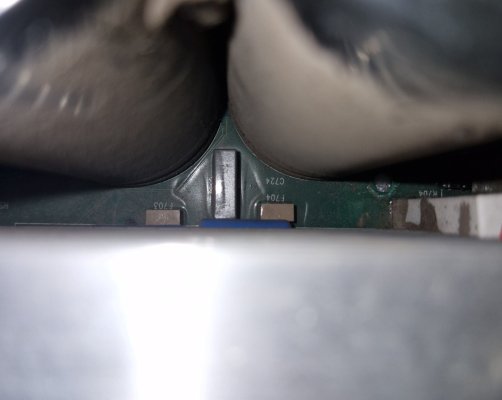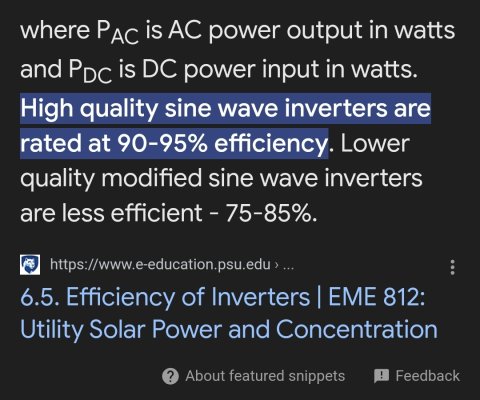khamosh
Patron
Model: APC SURTD5000XLI-CC
So today, it started giving this error; Charger Battery Fault Exists and now it won't switch to direct AC mode.
When resetting it, it goes to AC mode for 5-10 seconds and when it detects the fault, it goes back to inverter mode and starts giving this error.
It is out of warranty. I received a quotation for an extended warranty a few months earlier when my 2 year warranty was about to expire, and it was ₹16,500, including GST, so I skipped it.
This was purchased from a relative for a considerably lesser amount and was using it for my gaming PC and a home NAS.
I opened it up. There was dust buildup (a lot of), so I cleaned it to observe any visible defects but couldn't see any.
I tried resetting it, but nothing happened.
I watched some YouTube videos [I watched the HINDI version] and figured out the charger section. I observed it twice, but still, no burst or leakage was found.
What should I do? Although, I live in a tier 2 city, I don't think these kinds of UPS are repaired here.
Sharing the PCB picture. If anyone can help, that would be incredible.
EDIT: Apparently, transistors Q730 has gone bad. How can I confirm this?
So today, it started giving this error; Charger Battery Fault Exists and now it won't switch to direct AC mode.
When resetting it, it goes to AC mode for 5-10 seconds and when it detects the fault, it goes back to inverter mode and starts giving this error.
It is out of warranty. I received a quotation for an extended warranty a few months earlier when my 2 year warranty was about to expire, and it was ₹16,500, including GST, so I skipped it.
This was purchased from a relative for a considerably lesser amount and was using it for my gaming PC and a home NAS.
I opened it up. There was dust buildup (a lot of), so I cleaned it to observe any visible defects but couldn't see any.
I tried resetting it, but nothing happened.
I watched some YouTube videos [I watched the HINDI version] and figured out the charger section. I observed it twice, but still, no burst or leakage was found.
What should I do? Although, I live in a tier 2 city, I don't think these kinds of UPS are repaired here.
Sharing the PCB picture. If anyone can help, that would be incredible.
EDIT: Apparently, transistors Q730 has gone bad. How can I confirm this?
Attachments
Last edited:


